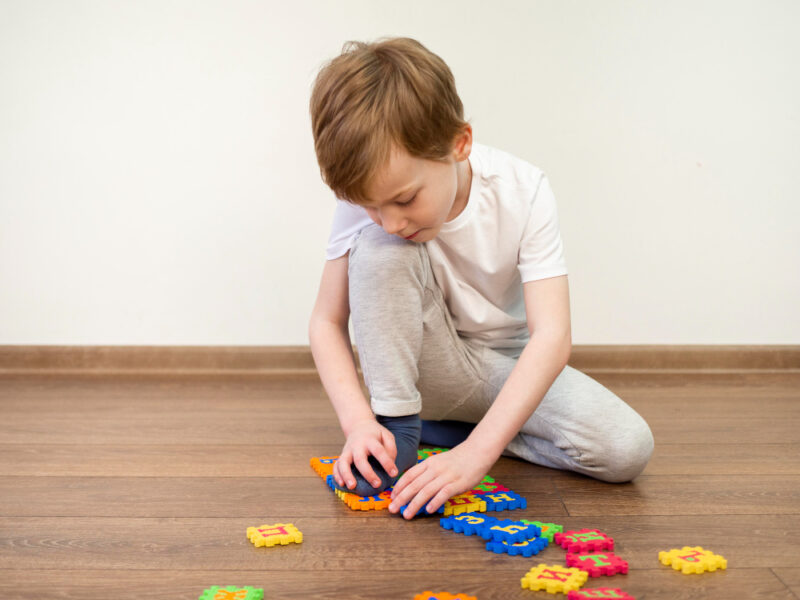Did you know that a child’s fine motor skills are crucial to lifelong academic success?
The ability to manipulate small objects is important to a child’s development. They need to learn the movements and different uses of their fingers at a young age.
While most parents know a child should spend plenty of time outside, there are many other activities they can do.
Fine motor skills activities are important but often undervalued by parents. Read on to learn how you can foster your child’s development with different activities.
1. Peeling and Placing Stickers
Peeling and placing stickers promote fine motor skills for kids such as small muscular and motor control and helps with the development of precision and coordination. When peeling and placing the stickers, the child will have to use his/her hands to accurately remove the stickers from the backing paper, and place them in the desired area.
Furthermore, this activity helps to reinforce patterns, and encourages problem-solving skills and hand-eye coordination. This is best accompanied with a speech therapy located here. When completing a sticker activity, children will benefit from counting and logical organization of sticker(s).
2. Ripping or Crumpling Paper
Ripping or crumpling paper is a great fine motor activity for child development. This type of activity builds finger strength, improves coordination, and reinforces visual tracking. To start, give the child a stack of paper and encourage them to rip it into strips or crumple the paper into small balls.
Children can practice using scissors to cut the paper into strips. Another way to enhance the activity is to have the child stick the paper to a wall or flat surface.
3. Placing Coins in a Piggy Bank
Placing coins in a piggy bank can help them develop coordination, precision, and hand-eye coordination. Not only does it give them a great feeling of success when they manage to fill their piggy bank, but it can also help them learn about money-saving and the value of coins.
The coins provide a great tactile experience in feeling the smoothness and different sizes. It is also beneficial for children to see the piggy bank fill up, as they can visualize growing their savings.
4. Attach Clothespins to Board Books
Fine motor skills such as pinching, grasping, and manipulating objects can be honed and developed by having children clip the clothespins onto the board books in various patterns.
It’s important to let kids take the lead and explore different ways of attaching the pins. Children can come up with unique designs, counting out pins from one to ten, or sorting them by colors and shapes.
The activity is also an opportunity for children to practice problem-solving skills as they work to figure out the best way to attach all the clothespins successfully to the board books.
5. Sorting Coins or Beads
Sorting Coins or beads is an excellent way to promote hand-eye coordination and develop sorting skills. This activity can also help to teach children the basics of counting, number recognition, and basic money concepts.
Activity provides a level of challenge and encouragement for children to explore and discover. Not only can they have fun, but they can learn valuable skills. This activity can be modified to increase or decrease the level of difficulty, making it appropriate for all age groups.
Explore More About Motor Skills Activities for Children
Children can benefit from participating in fine motor skills activities. These activities are great for cultivating creativity and problem-solving skills while providing fun and excitement.
Try out any of these activities today to help your child develop their fine motor skills.
Visit our main blog for more!










